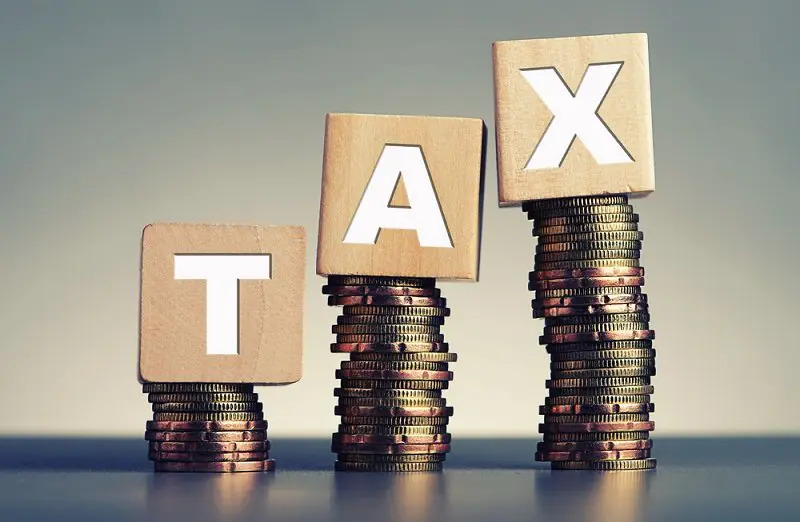Car taxation based on engine displacement is commonly referred to as “displacement tax” or “engine capacity tax.” In some countries, particularly in Europe and parts of Asia, vehicle registration fees, annual taxes, or even fuel taxes may be calculated based on the size of the engine in a vehicle, measured in liters or cubic centimeters (cc).
In Pakistan too, the Motor Vehicle Tax (MVT) is primarily based on engine displacements. However, the tax system, like most other areas, has never evolved beyond just increasing as a percentage. The rationale behind this type of taxation is that it is assumed that larger engines consume more fuel and produce higher emissions, so taxing based on engine size aims to incentivize the use of smaller, more fuel-efficient vehicles.
Related: PAMA Calls for Reversal of 25% Sales Tax Hike
However, in this day & age, with much improved technological advancements in hand, it doesn’t necessarily correlate directly with emissions or fuel efficiency. Some modern engines with larger displacements are designed to be more fuel-efficient and produce fewer emissions than smaller, older engines. A modern-day 1.5L engine consumes less fuel than an obsolete 1.0L engine, but ironically the tax on a 1.5L engine despite being modern, more environmentally friendly, and fuel-efficient, is higher than a beaten down 1.0L engine which consumes more fuel and is not emission friendly.
Hence many countries are shifting towards more sophisticated methods of taxation that consider emissions levels or fuel efficiency directly. This shift is driven by environmental concerns, the need to reduce greenhouse gas emissions, and promote the adoption of cleaner vehicles. Here are some examples of countries implementing such policies:
European Union (EU):
The EU has been a leader in implementing emissions-based taxation for vehicles. Many EU countries have introduced CO2-based vehicle taxes that charge higher taxes for vehicles with higher emissions. These taxes incentivize consumers to choose more fuel-efficient and lower-emission vehicles. Additionally, the EU has implemented strict emissions standards for new vehicles, encouraging automakers to produce cleaner cars.
United States:
Several states in the U.S., such as California, have implemented Zero Emission Vehicle (ZEV) mandates, requiring automakers to produce and sell a certain percentage of electric or zero-emission vehicles. Some states also offer tax incentives for purchasing electric vehicles (EVs) or hybrid vehicles, as well as special privileges such as access to carpool lanes.
China:
China, the world’s largest automotive market, has implemented various policies to promote the adoption of electric vehicles and reduce emissions. These include subsidies for EV purchases, exemptions from sales taxes, and license plate restrictions favoring electric and plug-in hybrid vehicles. In addition to subsidies, China has also implemented a credit-based system where automakers are required to produce a certain number of new energy vehicles (NEVs) to earn credits, which can be used to offset penalties for failing to meet emissions standards.
Norway:
Norway has one of the most aggressive policies in promoting electric vehicles. It offers significant incentives for EV buyers, including exemption from purchase taxes, VAT, and road tolls. EV owners also enjoy free parking, charging, and access to bus lanes. As a result of these incentives, electric vehicles make up a significant portion of new car sales in Norway.
Japan:
Japan has introduced various incentives to promote fuel-efficient and low-emission vehicles, including tax breaks for hybrid and electric vehicles. The Japanese government has also implemented fuel economy standards for vehicles, encouraging automakers to produce more efficient cars.
Thailand:
In Thailand, car taxation is primarily based on engine size, known as the Excise Tax, the rates of which vary depending on the engine displacement and type of vehicle. Additionally, Thailand offers incentives for eco-friendly vehicles, including hybrid and electric cars. These incentives may include tax breaks and other financial incentives to encourage the adoption of cleaner technologies. Thailand has also implemented measures to promote the production and use of ethanol-blended fuels, which can impact vehicle taxation and fuel prices.
Indonesia:
Indonesia imposes various taxes and tariffs on cars, including import duties, luxury taxes, and value-added tax (VAT). The tax rates depend on factors such as engine size, vehicle type, and production location. Indonesia has implemented a luxury goods sales tax (PPnBM) that applies to cars with prices above certain thresholds. The tax rates vary depending on engine size and vehicle type, with higher rates for luxury vehicles. In recent years, Indonesia has shown interest in promoting electric vehicles, and there have been discussions about potential incentives and policies to support their adoption.
India:
In India, car taxation includes various components such as customs duty, excise duty, GST (Goods and Services Tax), and road tax. The GST rates vary depending on the type and size of the vehicle, with higher rates for luxury cars. India also imposes additional taxes on cars with larger engine sizes and higher fuel consumption to discourage the use of fuel-inefficient vehicles. The Indian government has implemented the Faster Adoption and Manufacturing of Hybrid and Electric Vehicles (FAME) scheme to promote electric and hybrid vehicles through subsidies and incentives.
Related: Auto Industry to Face the Music in the Form of ‘Super Tax’
Overall, while these countries may have different approaches to car taxation, there is a growing trend toward incentivizing cleaner and more fuel-efficient vehicles to address environmental concerns and promote sustainable transportation. Some nations (including Japan and India) have regulations governing a car’s body dimensions as well. These laws are designed to promote the usage of smaller cars, which help to lessen parking issues and traffic congestion.
Based on this, do you think there is a need to revamp the way cars are taxed in Pakistan, or like safety, emissions & vehicle models itself, we are okay with an obsolete taxation system?

I don’t eat, sleep or dream of cars, I am just someone who loves to see, think & write about cars. I love Ferrari in Pink but they won’t make one for me. I use X to write my full name, but that doesn’t mean I’m inspired by Altis X, in fact, my dad hates it 😀 Btw I’m an occasional writer so don’t expect too much from me 🙂




